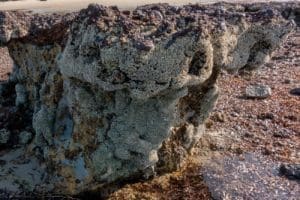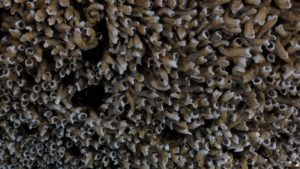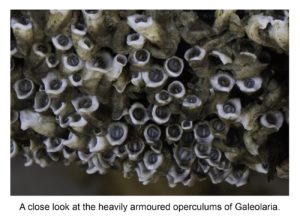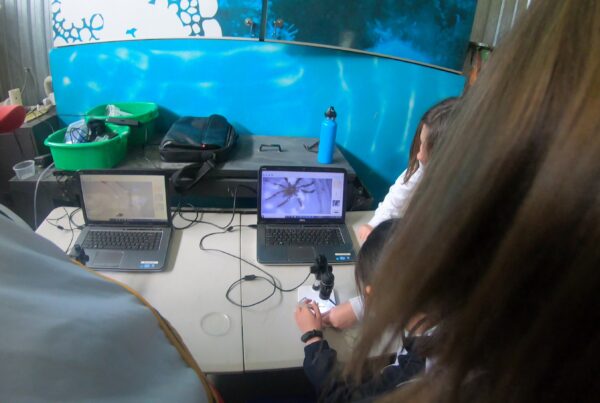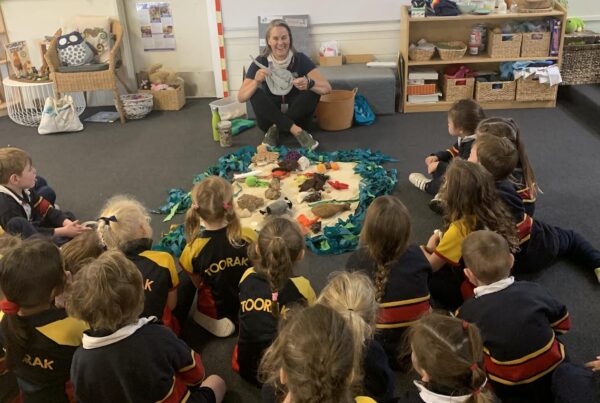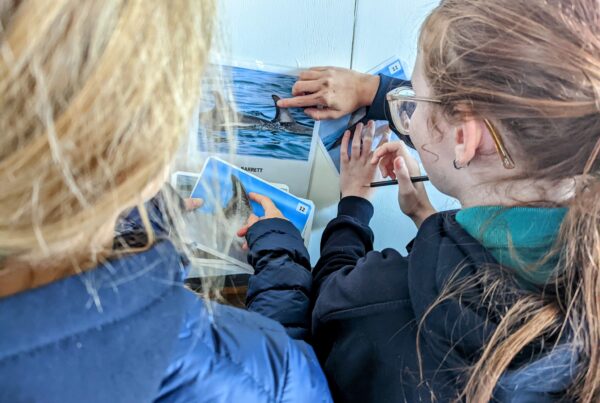WEEKLY CREATURE FEATURE
Who am I? You will not find me on a sandy beach, I prefer rocks. I live with lots of others like me. Some people call me coral, but that is not true. Can you guess?
I am a tubeworm with the scientific name Galeolaria caespitosa, no wonder people prefer to use the common name Sydney coral. Unfortunately, this is not fully accurate. Galeolaria is not a coral and it lives on the southeastern coast of Australia including Tasmania, not just in Sydney as the name suggests.
This tubeworm is between 10-30 millimetres in length. It builds and lives in a white to grey coloured hard calcareous tube and it is here that the worm spends almost its entire life. You find the Galeolaria worms on rocks around the mid-tide level on the beach in very thick, dense interwoven colonies comprising many thousands of animals. The gaps and spaces between the tubes create microhabitats in which other creatures can live. Unless covered by water and the worms are feeding you can only see the worm’s tube, the animal is hidden within.
Living permanently attached to a rock in the mid-tide range of a beach has its problems. You are unable to go and look for food or find a mate, predators can easily find you and you can’t run away, and you are exposed to the wind and sun during low tide. So why then does Galeolaria live here?
The tube in which the worms live combines with two special features on its head enable the Galeolaria worm to solve most of these problems. Attached to the top of the worm is an operculum, a solid cap of plates and spines that can seal the open end of its tube. This keeps out predators, wind and sunshine. The worms can also store water inside the tube to prevent dehydration during low tide. To feed, the worms extend two spirals of feather-like spines attached to its head into the water to catch particles of food as they drift by.
To reproduce, Galeolaria does not need to find a mate. They release their sperm and eggs into the water where fertilization takes place. After a short period, the young worms return to find a place on the rocks where they start growing their tube.
To learn more about these fascinating creatures, and when restrictions ease join us on a rockpool ramble please contact Dolphin Research Institute’s Education Director Mandy Robertson at education@dolphinresearch.org.au

